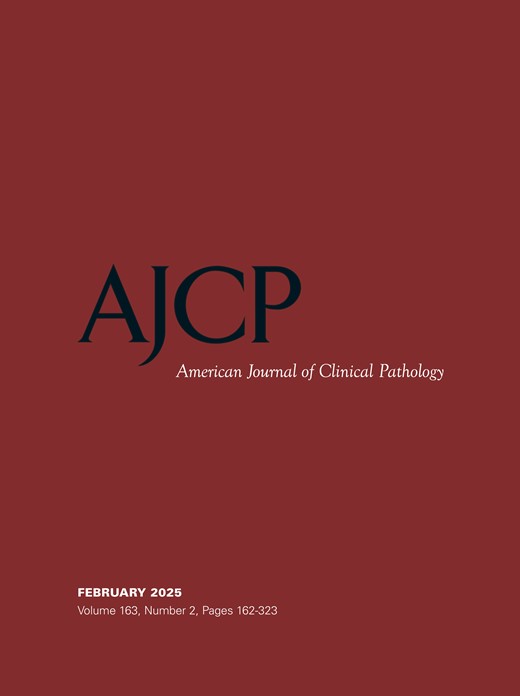
Flow cytometry’s role in detecting minimal residual disease (MRD) in acute myeloid leukemia (AML) requires precise understanding of normal hematopoietic development patterns. This study presents a systematic approach to flow cytometric MRD detection based on stage- and lineage-specific maturation patterns, offering practical guidelines for clinical implementation.
Study Design:
- Comprehensive analysis of blast maturation patterns from early hematopoietic stem cells through committed late-stage unilineage progenitors
- Review of commonly observed stage-specific abnormalities based on clinical cases
- Evaluation of stage-specific comparisons for MRD detection using flow cytometry
- Analysis of multiple target antigens to establish lineage commitment states
Key Findings:
- AML blast phenotypes demonstrate consistent abnormalities but may evolve during treatment
- Detection accuracy depends on the range of target antigens included in the panel
- Cell acquisition volume must be sufficient to achieve desired MRD detection levels
- Technical and analytical validation is essential for reliable results
- Stage-specific phenotype comparison provides framework for accurate MRD detection

HCN Medical Memo
The integration of stage-specific phenotype analysis in flow cytometry MRD detection offers improved diagnostic precision. Clinicians should consider implementing comprehensive antigen panels and ensuring adequate cell acquisition volumes to optimize detection sensitivity. Regular technical validation remains crucial for maintaining accuracy.
Leukemia Summaries
 PATIENT EDUCATION
PATIENT EDUCATION  OBESITY/WEIGHT MANAGEMENT
OBESITY/WEIGHT MANAGEMENT  EXERCISE/TRAINING
EXERCISE/TRAINING  LEGAL MATTERS
LEGAL MATTERS  GUIDELINES/RECOMMENDATIONS
GUIDELINES/RECOMMENDATIONS